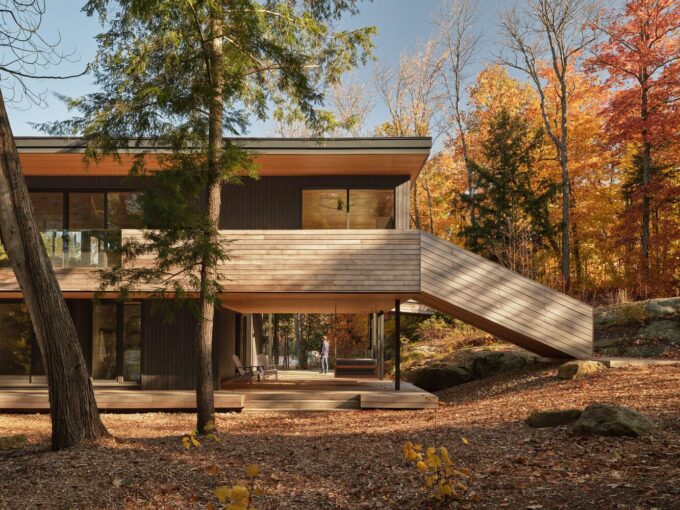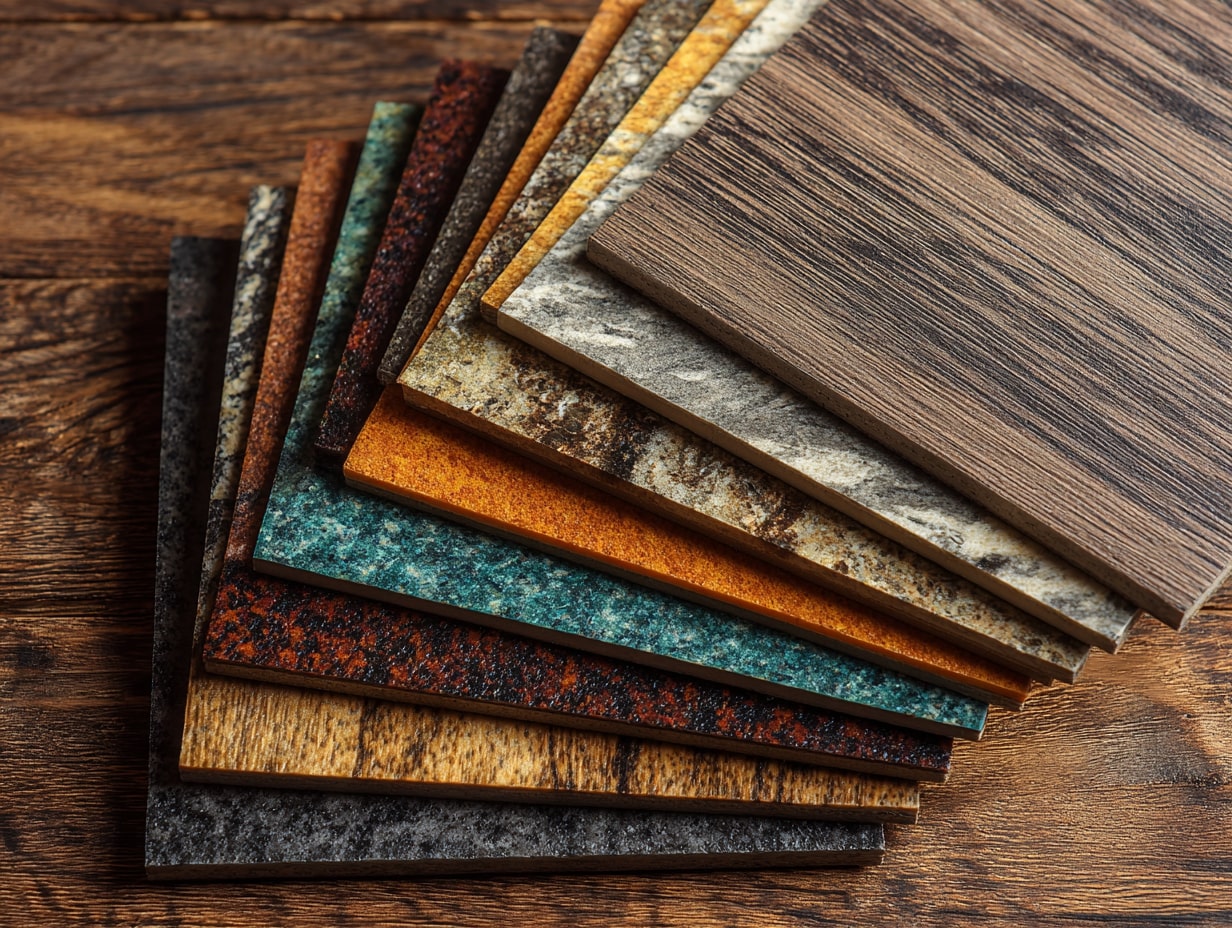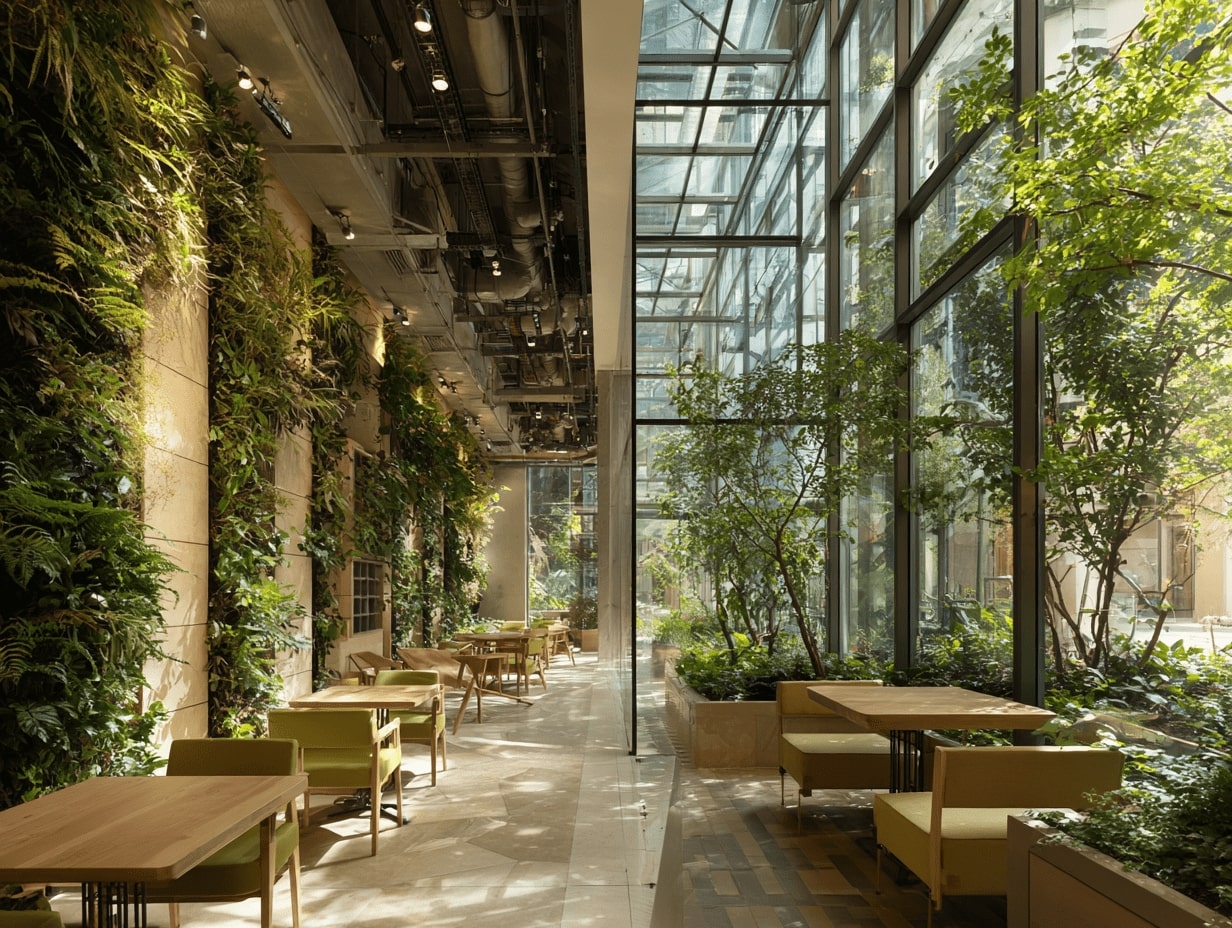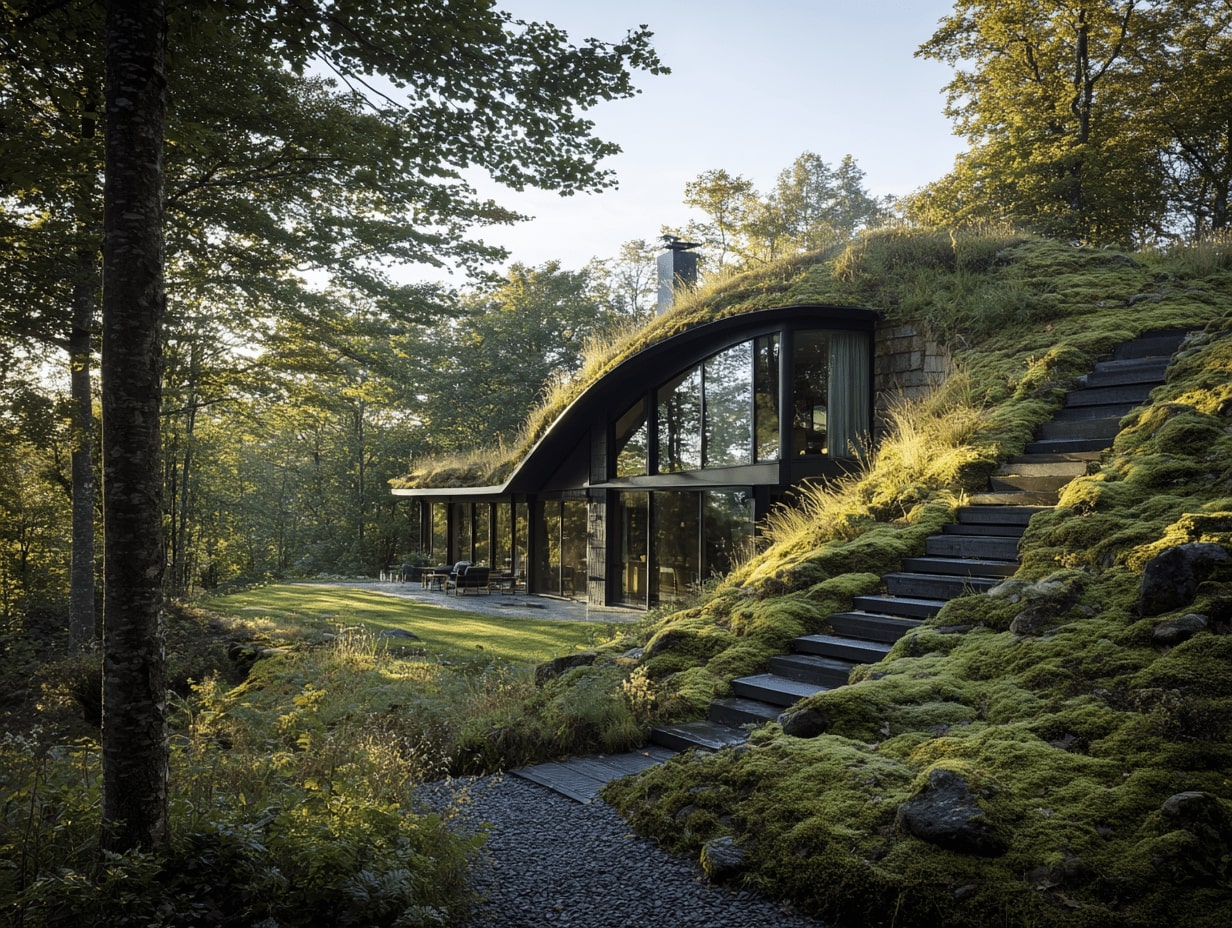- Home
- Articles
- Architectural Portfolio
- Architectral Presentation
- Inspirational Stories
- Architecture News
- Visualization
- BIM Industry
- Facade Design
- Parametric Design
- Career
- Landscape Architecture
- Construction
- Artificial Intelligence
- Sketching
- Design Softwares
- Diagrams
- Writing
- Architectural Tips
- Sustainability
- Courses
- Concept
- Technology
- History & Heritage
- Future of Architecture
- Guides & How-To
- Art & Culture
- Projects
- Interior Design
- Competitions
- Jobs
- Store
- Tools
- More
- Home
- Articles
- Architectural Portfolio
- Architectral Presentation
- Inspirational Stories
- Architecture News
- Visualization
- BIM Industry
- Facade Design
- Parametric Design
- Career
- Landscape Architecture
- Construction
- Artificial Intelligence
- Sketching
- Design Softwares
- Diagrams
- Writing
- Architectural Tips
- Sustainability
- Courses
- Concept
- Technology
- History & Heritage
- Future of Architecture
- Guides & How-To
- Art & Culture
- Projects
- Interior Design
- Competitions
- Jobs
- Store
- Tools
- More
Transforming Spaces: Eco Friendly Design with Terrazzo for a Sustainable Future
Discover the beauty of eco-friendly design with terrazzo, a sustainable material revolutionizing interior spaces. This article explores how terrazzo, crafted from recycled glass and stone, enhances aesthetics while minimizing environmental impact. Learn about its durability, low maintenance, and versatility in residential and commercial settings.

As we strive to create spaces that reflect our commitment to sustainability, eco-friendly design is becoming more essential than ever. One material that’s making waves in this movement is terrazzo. This timeless composite flooring and surface material not only boasts stunning aesthetics but also embodies an environmentally conscious approach to design.
Terrazzo is crafted from recycled materials, allowing us to reduce waste while adding character to our interiors. Its versatility makes it suitable for various applications, from residential homes to commercial spaces. By embracing terrazzo, we can elevate our designs and contribute to a greener future, all while enjoying the unique beauty and durability this material offers. Let’s explore how we can integrate eco-friendly terrazzo into our design projects and make a positive impact on the environment.

Table of Contents
ToggleOverview of Eco Friendly Design
Eco-friendly design prioritizes sustainability through materials and practices that minimize environmental impact. We focus on renewable resources, energy efficiency, and waste reduction in our projects. By choosing materials like terrazzo, we support the concept of circular design, which encourages reusing and recycling.

Terrazzo consists primarily of recycled glass, stone, and other safe aggregates. This composition provides durability while lowering the carbon footprint associated with traditional flooring options. Our commitment to eco-friendly design includes maximizing the lifespan of products, further reducing the need for replacement.
Moreover, eco-friendly design embraces natural elements and promotes indoor air quality. Utilizing low-VOC (volatile organic compounds) finishes in conjunction with terrazzo enhances air quality and creates healthier spaces. We integrate these practices not only for aesthetic appeal but also for the long-term benefit of our environments.
Emphasizing local sourcing can significantly decrease transportation emissions. By selecting locally produced terrazzo materials, we support regional economies and reduce the carbon footprint tied to shipping.
Integrating eco-friendly design principles contributes to a sustainable future. Every choice we make can influence our environment positively—and by choosing materials like terrazzo, we take a significant step towards promoting ecological responsibility.
Benefits of Terrazzo in Sustainable Design
Terrazzo offers numerous advantages in sustainable design, especially in its environmental benefits and aesthetic appeal. We can explore its contributions through distinct categories.

Environmental Impact
Terrazzo significantly reduces environmental impact through its recycled components. By utilizing materials such as recycled glass and stone, terrazzo minimizes waste that otherwise enters landfills. It supports circular design principles, as these reused materials promote sustainability. Terrazzo manufacturing typically uses less water and energy compared to traditional flooring options, reducing resource consumption. Its long-lasting nature means fewer replacements, which leads to lower overall demand for new materials. Additionally, low-VOC (volatile organic compounds) finishes enhance indoor air quality, creating healthier living and working environments.
Aesthetic Versatility
Terrazzo excels in aesthetic versatility, accommodating a wide range of design styles. Designers can customize colors, patterns, and textures, ensuring each project reflects its unique vision. The ability to incorporate various aggregates, like glass or marble chips, provides endless possibilities for creative expression. Terrazzo complements both modern and classic interiors, making it a suitable choice for residential, commercial, and public spaces. Its polished finish offers an attractive and luxurious appearance, while textures can enhance slip resistance, combining style with function.
Key Features of Terrazzo
Terrazzo boasts several key features that underscore its value in eco-friendly design. These qualities make it a preferred choice for sustainable spaces and innovative design solutions.

Materials Used
Terrazzo consists of various materials, primarily recycled glass, stone, cement, and sometimes resins. Each blend of these components contributes to its sustainable nature. Recycled content significantly reduces the demand for virgin materials. Using upcycled fragments of glass or stone enhances uniqueness while minimizing waste. Manufacturers often offer options to incorporate locally sourced materials, further reducing transportation emissions. These sustainable materials create a product that aligns with circular economy principles.
Durability and Maintenance
Terrazzo is renowned for its durability and low maintenance. Its surface withstands heavy foot traffic, making it ideal for both residential and commercial spaces. Typically, terrazzo lasts decades, oftentimes outlasting traditional flooring options. This longevity reduces the need for replacements, ultimately decreasing material waste. Maintenance involves simple cleaning procedures, usually requiring only regular sweeping and mopping. Its resistance to stains and scratches minimizes the need for harsh cleaning chemicals, contributing to better indoor air quality.
Applications of Terrazzo in Eco Friendly Design
We recognize the versatility of terrazzo in eco-friendly design, applicable in both residential and commercial settings. Its unique properties make it an ideal choice for sustainable projects that prioritize aesthetics and environmental responsibility.

Residential Spaces
Terrazzo in residential spaces offers durability and style, enhancing interiors with its customizability. We can incorporate terrazzo for countertops, flooring, and decorative features, utilizing its recycled components to minimize environmental impact. The wide range of colors and patterns allows for personalized design, catering to various tastes while ensuring a sustainable choice. Its excellent durability means fewer replacements over time, reducing waste and supporting sustainable living environments.
Commercial Projects
Terrazzo also excels in commercial projects, where both functionality and aesthetics matter. We can use terrazzo in high-traffic areas like lobbies, restaurants, and retail spaces, thanks to its resistance to wear and easy maintenance. The use of low-VOC finishes enhances indoor air quality, crucial for commercial applications. By choosing terrazzo, businesses contribute to sustainability goals while creating visually appealing spaces that attract customers and clients. Its long lifespan and low maintenance needs significantly decrease the frequency of replacements, aligning perfectly with environmentally conscious practices.
Conclusion
Incorporating terrazzo in eco-friendly design plays a crucial role in fostering sustainability. Terrazzo’s use of recycled materials significantly reduces our environmental footprint, minimizing waste and supporting circular economy initiatives. We recognize its adaptability for both residential and commercial applications, allowing us to enhance aesthetics while aligning with environmental goals.
We appreciate the durability of terrazzo, as it withstands heavy usage and requires minimal replacements, which conserves resources. Its straightforward maintenance contributes to healthier indoor environments by decreasing reliance on harsh cleaning chemicals. Moreover, with the variety in colors and patterns, terrazzo fits seamlessly into numerous design styles, making it an appealing choice for various projects.
As we continue to advocate for sustainable practices, we’re excited about the potential of terrazzo to transform spaces aesthetically and environmentally. Embracing this innovative material aligns not only with our design ambitions but also with our commitment to ecological responsibility.
- eco interior design
- eco-conscious home design
- eco-friendly terrazzo
- environmentally friendly surfaces
- environmentally sustainable design
- green building terrazzo
- green flooring materials
- recycled terrazzo surfaces
- sustainable design materials
- sustainable flooring options
- sustainable terrazzo flooring
- terrazzo countertops eco-friendly
- terrazzo for eco homes
- terrazzo sustainable design
I create and manage digital content for architecture-focused platforms, specializing in blog writing, short-form video editing, visual content production, and social media coordination. With a strong background in project and team management, I bring structure and creativity to every stage of content production. My skills in marketing, visual design, and strategic planning enable me to deliver impactful, brand-aligned results.
Submit your architectural projects
Follow these steps for submission your project. Submission FormLatest Posts
Eco-Friendly Floor Coverings: Smart Choices for a Greener Home
Eco-friendly floor coverings made simple: discover sustainable materials, trusted certifications, and room-by-room...
What are Biodomes?
Biodomes are transforming architecture by blending ecological science with advanced design to...
The Quiet Revolution of Biophilic Design
Biophilic design is reshaping homes, workplaces, and cities—backed by evidence. Learn core...
Sustainable Solutions in Contemporary Architecture: From Passive Design to Clean Energy
Sustainable solutions in contemporary architecture: a practical playbook to hit net-zero, cut...












Leave a comment